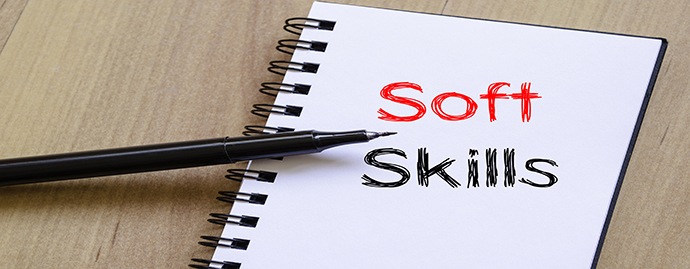| Start Date | End Date | Country | City |
|---|

 +966 920007772
+966 920007772

Objectives
What you will learn on this course
By the end of the course, you will know how to:
- Analyse your audience and tailor the content to their specific needs
- Gather data efficiently and select the relevant information for your readers
- Use best practice in structuring your document
- Choose words that support your message and don’t distract your reader
- Assess the best places to use graphics, and choose the right image to support your content
- Edit your draft for maximum impact
Outlines
1. Clarifying your purpose
- Do you have what it takes? The skills needed to write reports
- Why do you do it? What’s the purpose of a business or technical report?
- Why you won’t get anywhere without a clear objective
- All right, I’m sold – how do I set a clear objective?
2. Analysing your audience
- Do you know who you’re writing for?
- What will they want out of your report? The first step to making sure you deliver!
- How do you satisfy a mixed readership with multiple requirements?
3. Designing your structure
- Structuring before you start writing – you wouldn’t build without good foundations
- Using mind mapping or Word™ Outline View to sequence and structure your material
- How to structure the beginning, middle and end of your report
- Organising your content to achieve your purpose
- How to give bad news
- How to structure the Executive Summary
- Ideas for structuring sections
- Organising your content – are you trying to persuade, inform, explain or discuss?
4. Selecting your information
- Collecting and evaluating information – how to make it easy for people to help you
- Deciding what information is relevant – the payoff for having a clear objective
- Deciding the level of detail to include is easier when you’ve analysed your audience
5. Developing your style
- Crafting short, simple sentences to increase readability
- Choosing familiar words that make your meaning clear
- Getting rid of the waffle that bores readers
- Putting action in your verbs for direct, concise writing
- Writing in terms your reader can relate to
- Some pointers on British vs American text
6. Drafting and laying out your text
- The importance of the right mindset – how to avoid getting sidetracked
- The process – prepare, draft, relax, polish
- How to break up text – headings, bulleted or numbered lists, tables, diagrams, questions and answers, etc.
7. When and how to use graphics
- Why use graphics?
- When to use graphics – pictures, screen shots, diagrams, flow charts, tables, graphs, etc.
- The best places for your graphics, in order of preference
- Things to check when including graphics
8. Editing and proofing your draft
- A top-down approach to improving your text – see it the way your readers do
- Ensuring that you achieve maximum impact – things to check when editing your draft
- Removing commonly confused words, ‘poppycock’, poor punctuation and grammar
- Getting the most out of the spelling and grammar checkers
- Some common punctuation errors and how to avoid them
- Hints on proofreading to help you avoid a red face
- Report polishing checklist – that last once-over to save your sanity
9. Exploiting the tools
- Getting the most out of Word™
- On-line style guides for instant answers to annoying quibbles
- Metadata can be your undoing – what it is and how to hide it
- Handling version control
- Using Word™ templates
- Using titles, section headings and footnotes
- Including references and a bibliography
Who Should Attend
Those who focus on continually improving what they do by tracking their quality and reviewing it.
Duration
5 Days









